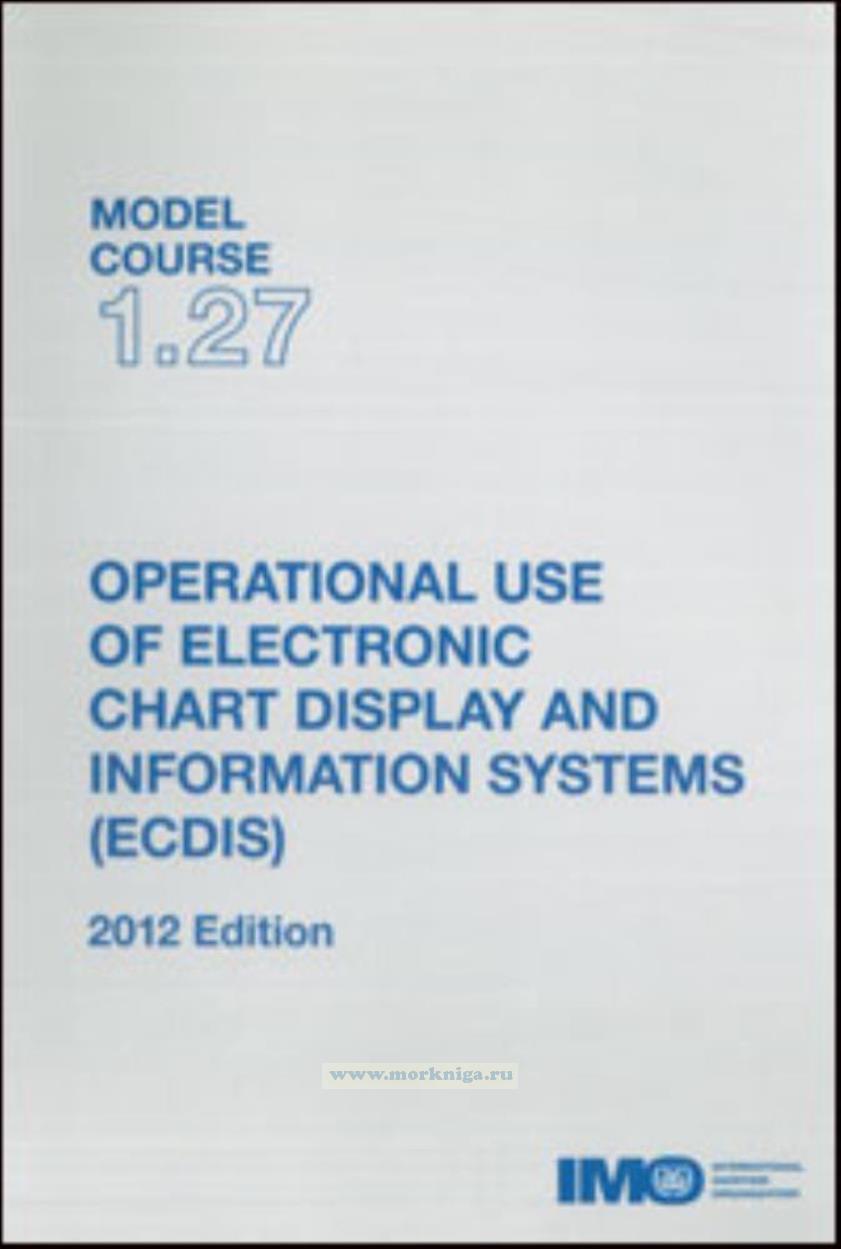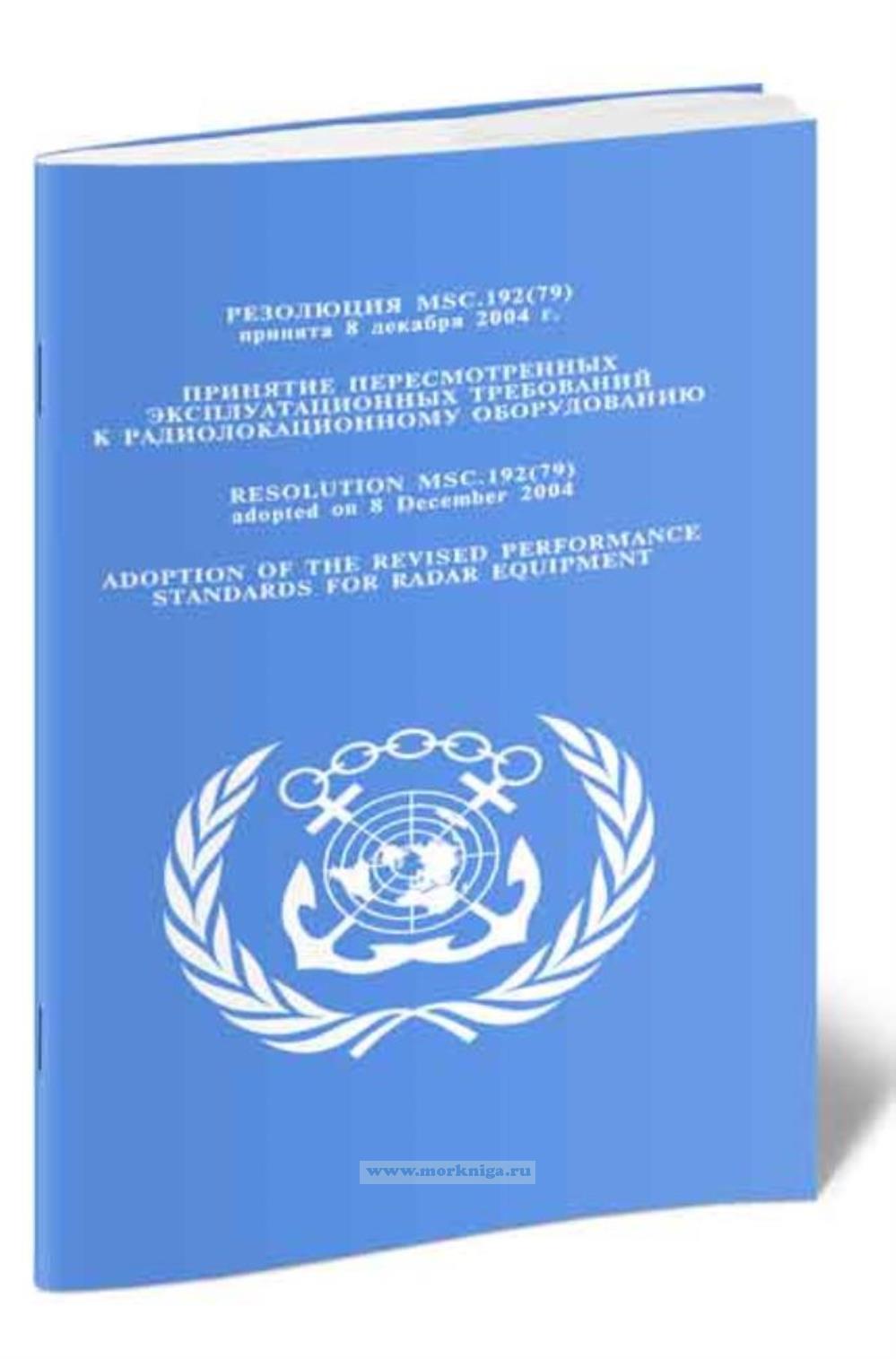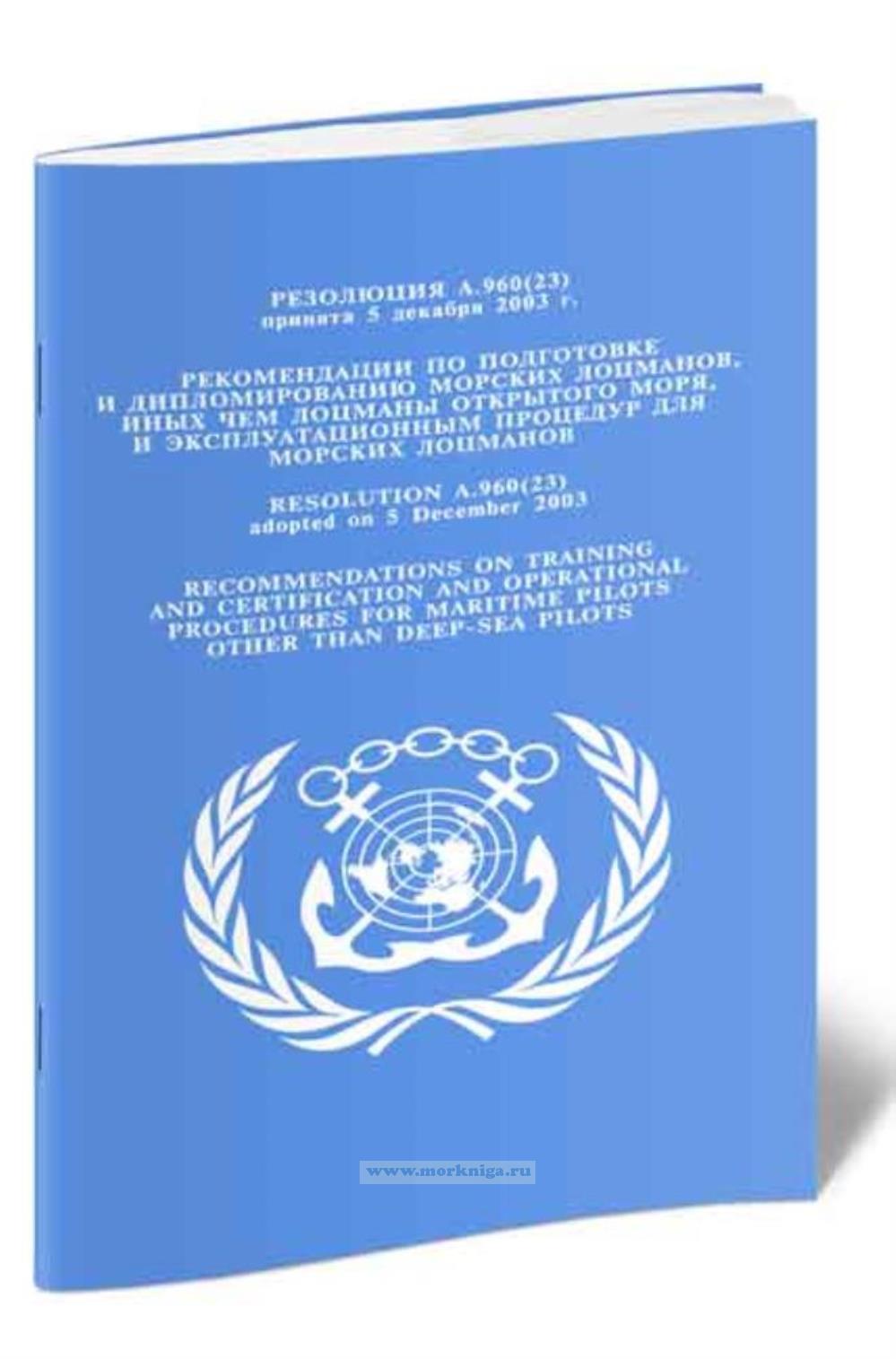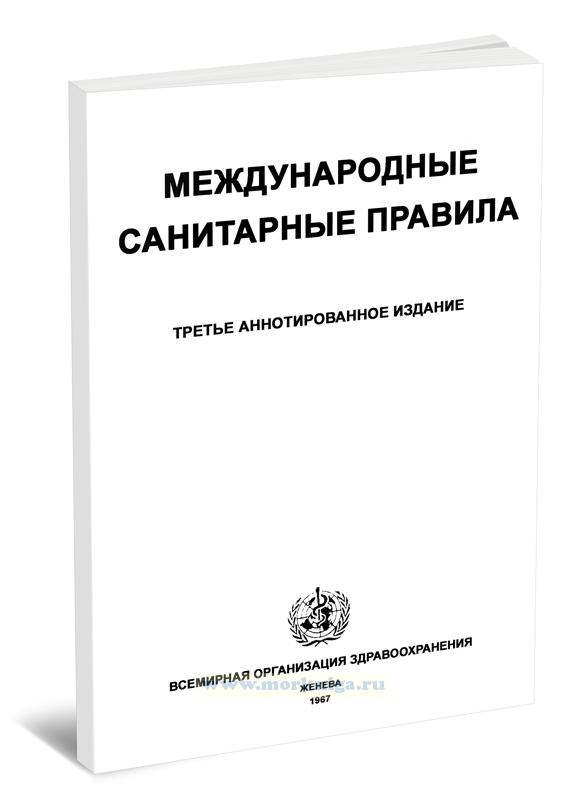Operational use of electronic chart display and information systems (ECDIS). Model course 1.27
Foreword
Since its inception the International Maritime Organization (IMO) has recognized the importance of human resources to the development of the maritime industry and has given the highest priority to assisting developing countries in enhancing their maritime training capabilities through the provision or improvement of maritime training facilities at national and regional levels. IMO has also responded to the needs of developing countries for postgraduate training for senior personnel in administrations, ports, shipping companies and maritime training institutes by establishing the world Maritime University in Malmo, Sweden, in 1983.
Following the adoption of the International Convention on Standards of Training, Certification and Watchkeeping for Seafarers, 1978 (STCW), a number of IMO Member Governments had suggested that IMO should develop model training courses to assist in the implementation of the Convention and in achieving a more rapid transfer of information and skills regarding new developments in maritime technology. IMO training advisers and consultants also subsequently determined from their visits to training establishments in developing countries that the provision of model courses could help instructors improve the quality of their existing courses and enhance their implementation of the associated Conference and IMO Assembly resolutions.
In addition, it was appreciated that a comprehensive set of short model courses in various fields of maritime training would supplement the instruction provided by maritime academies and allow administrators and technical specialists already employed in maritime administrations, ports and shipping companies to improve their knowledge and skills in certain specialized fields. With the generous assistance of the Government of Norway, IMO developed model courses in response to these generally identified needs and now keeps them updated through a regular revision process taking into account any amendments to the requirements prescribed in IMO instruments and any technological developments in the field.
These model courses may be used by any training institution and, when the requisite financing is available, the Organization is prepared to assist developing countries in implementing any course.
Содержание:
Contents
Foreword
Introduction
Purpose of the model courses
Use of the model course
Lesson Plans
Presentation
Implementation
Part A: Course Framework
Scope
Objective
Entry Standards
Course Certificate, diploma or document
Course delivery
Course intake limitations
Staff requirements
Teaching Facilities and equipment
Teaching aids (A)
Bibliography (B)
Electronic media (E)
I MO references (R)
Textbooks (T)
Part B: Course Outline and Timetable
Overview
Course Outline
Course Timetable
Part C: Detailed Teaching Syllabus
Note
Learning Objectives
References and teaching aids
Part D: Instructor Manual
Guidance for instructors
Lesson Plans
Part E: Evaluation and Assessment
Introduction
STCW2010 Code
Assessment Planning
Validity
Reliability
Compiling assessments
Quality of test items
Appendices for the ECDIS Instructor
Appendix 1: Introduction to the Operational use of ECDIS
Appendix 2: ECDIS Performance Standard references
Appendix 3: ECDIS Carriage Requirements
Appendix 4: STCW Regulation 1/12 and Section A-1/12 and B-l/12 on use of
simulators for ECDIS training
Appendix 5a: Example of Trainee’s Proficiency Checklist on use of ECDIS
Appendix 5b: Example of Trainee’s Evaluation on Simulator
Appendix 6: Example: Equipment set up for ECDIS training
Guidance on the Implementation of Model Courses

 Резолюция MSC.192(79) Принятие пересмотренных эксплуатационных требований к радиолокационному оборудованию
Резолюция MSC.192(79) Принятие пересмотренных эксплуатационных требований к радиолокационному оборудованию  Резолюция A.960(23) Рекомендации по подготовке и дипломированию морских лоцманов, иных чем лоцманы открытого моря,и эксплуатационным проце
Резолюция A.960(23) Рекомендации по подготовке и дипломированию морских лоцманов, иных чем лоцманы открытого моря,и эксплуатационным проце  Международные санитарные правила
Международные санитарные правила